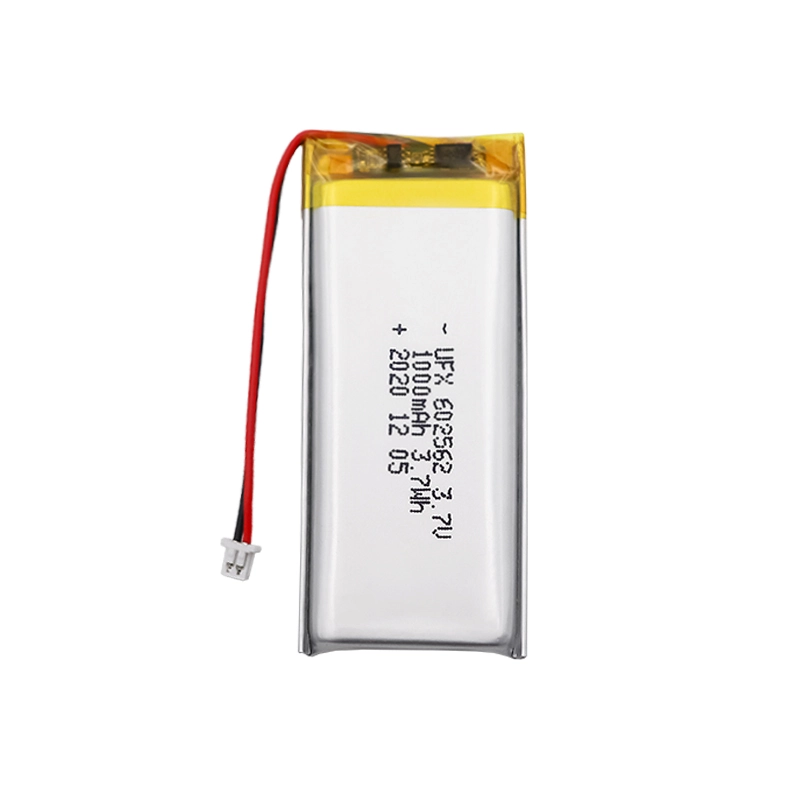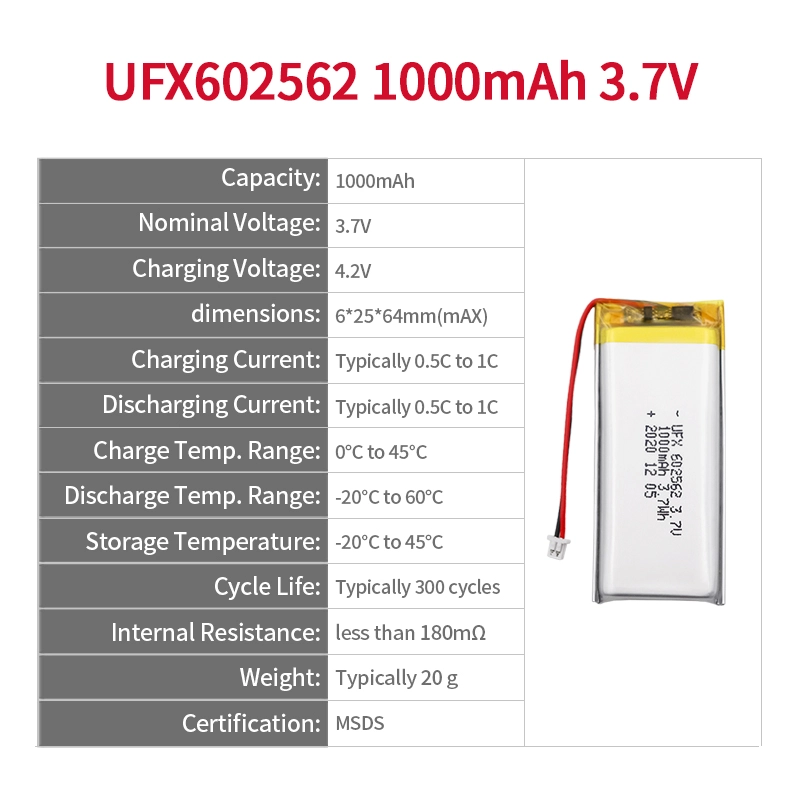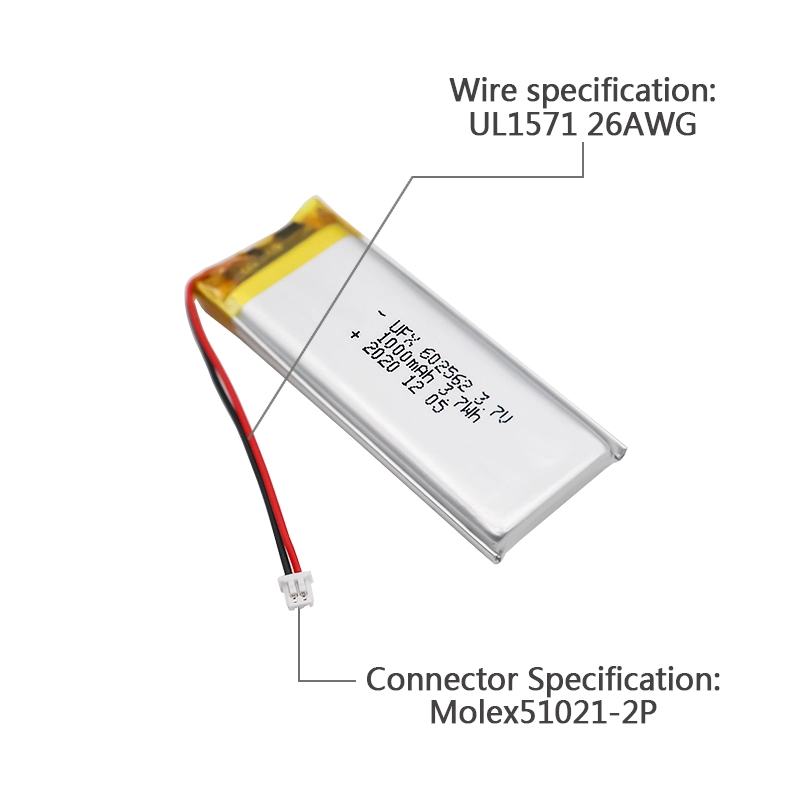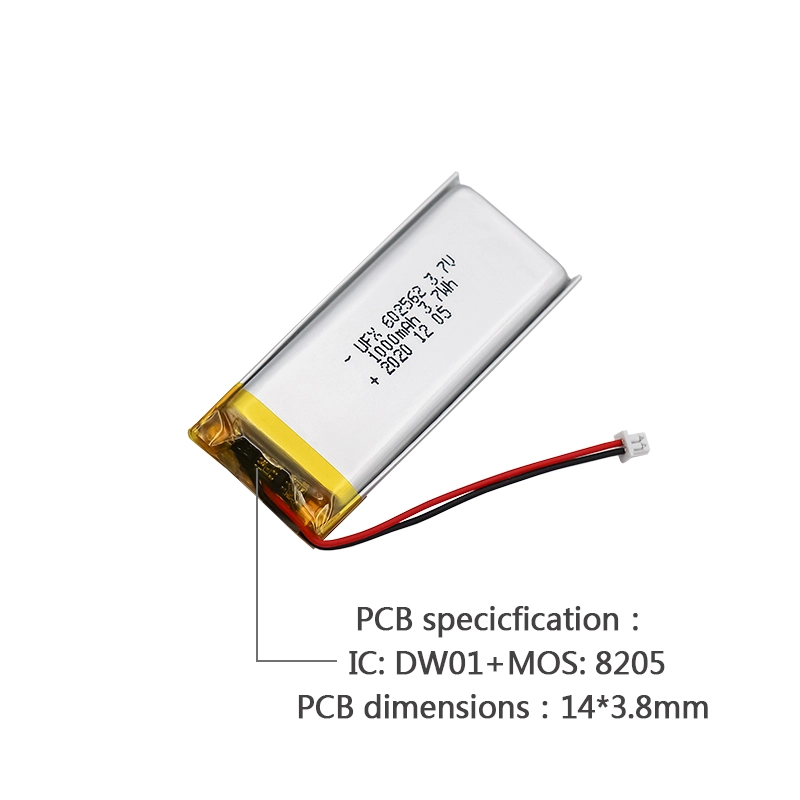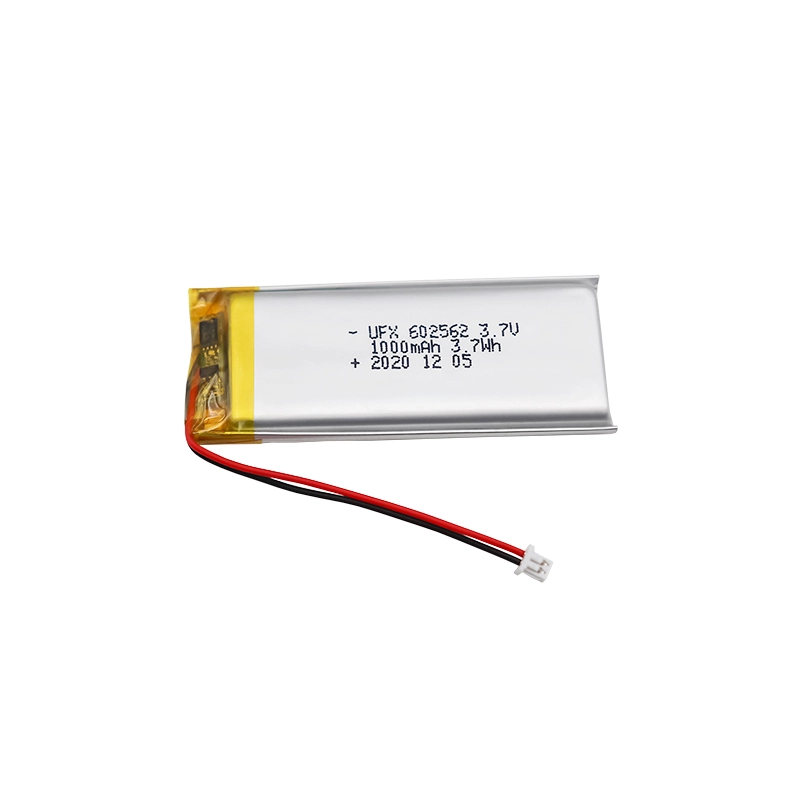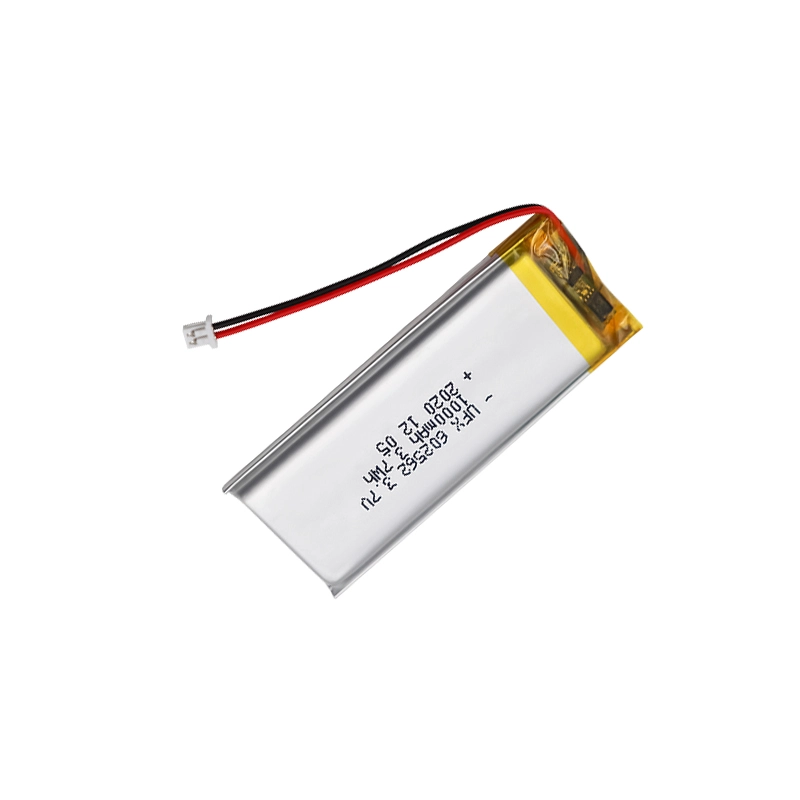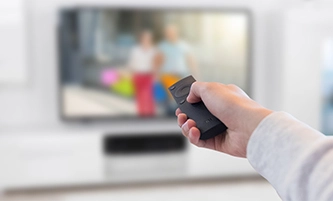-
Product Details
-
Specs
-
Capacity Fast Calculator
-
Application
-
Content
-
FAQs
-
Reviews

Product Details
Discharge Rate
Long Cycle Life
Ultra-Low Self-Discharge
Wide Temperature Range
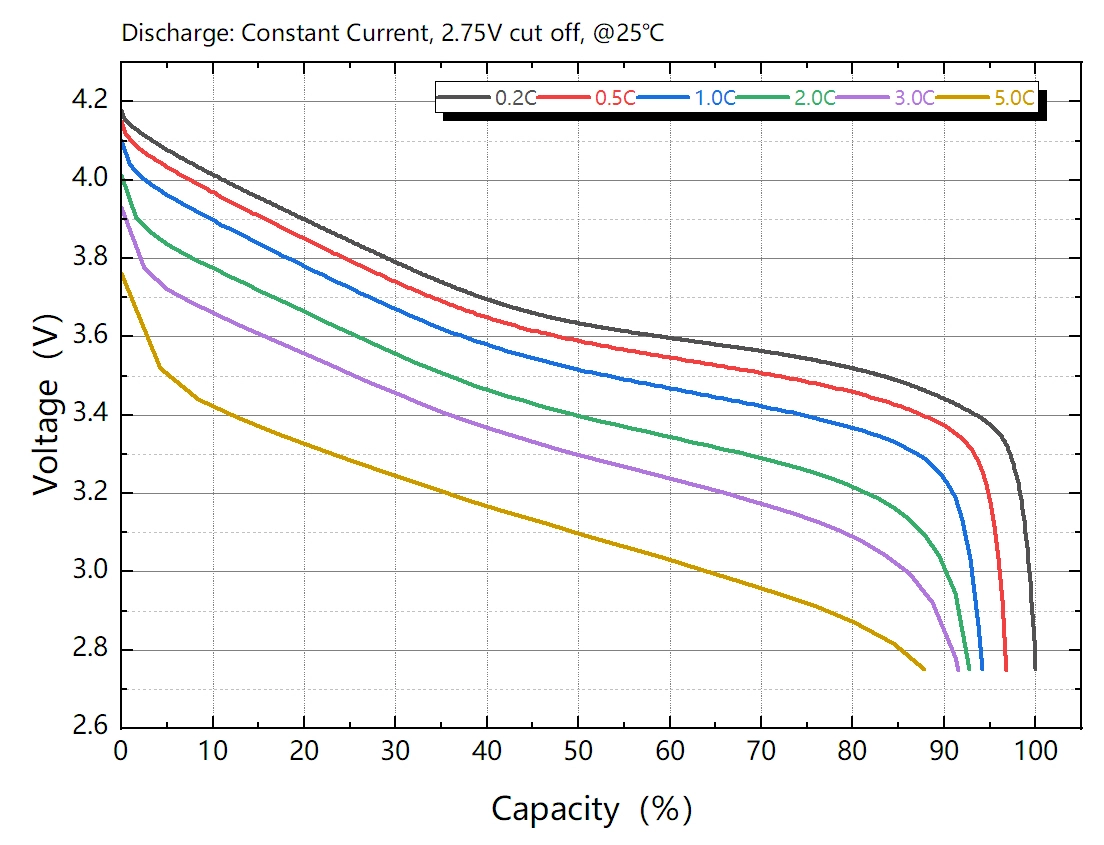
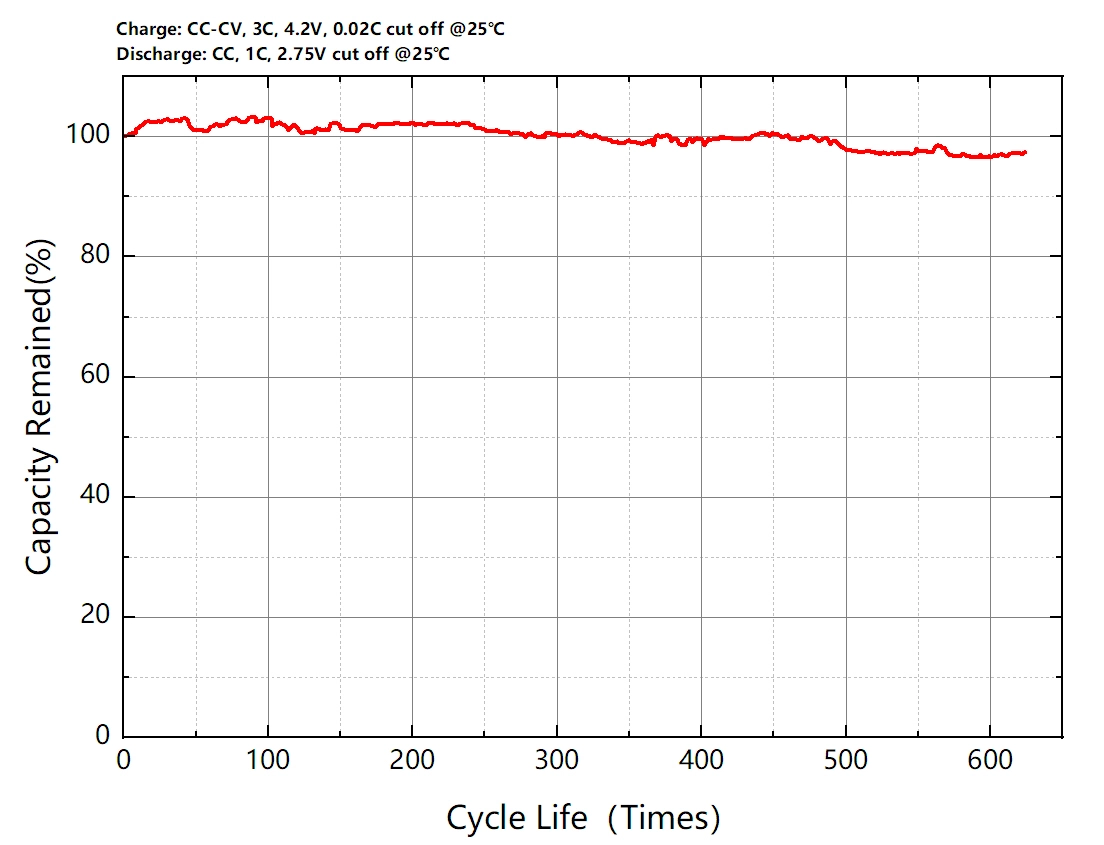
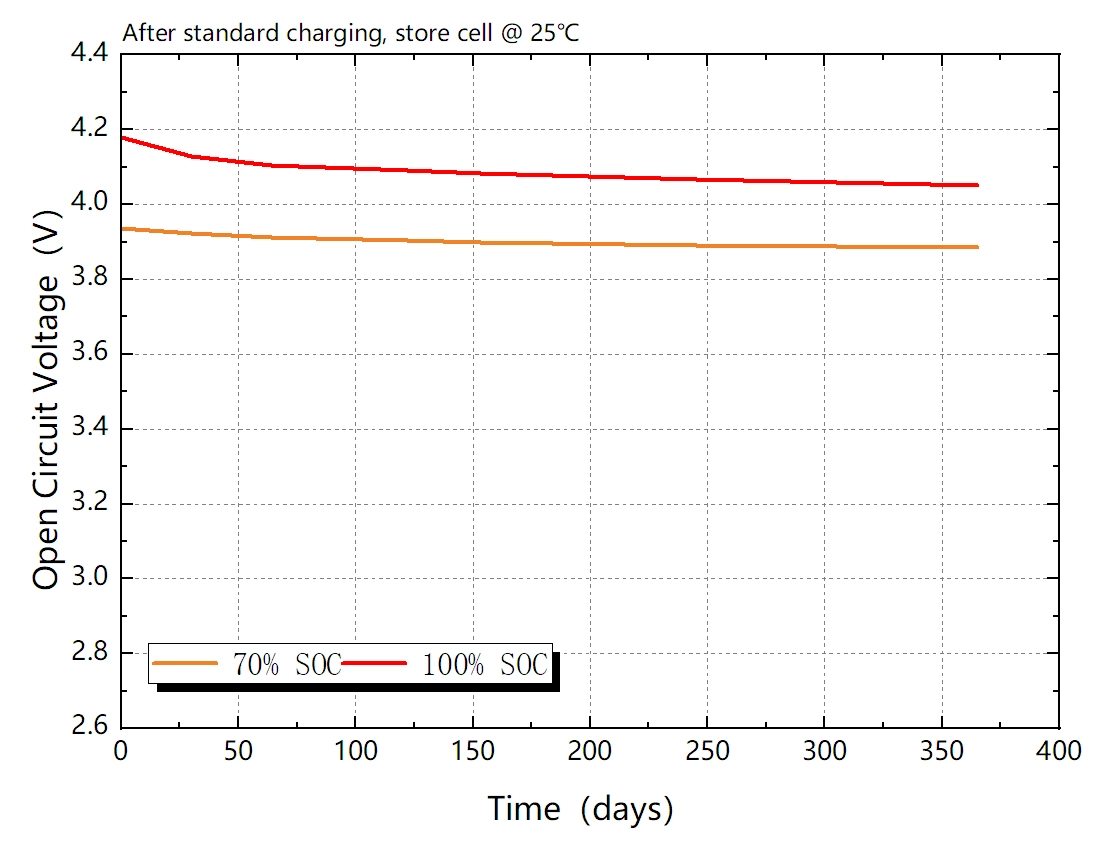
Self-discharge is higher at 100% state of charge (SOC) compared to 70% SOC.
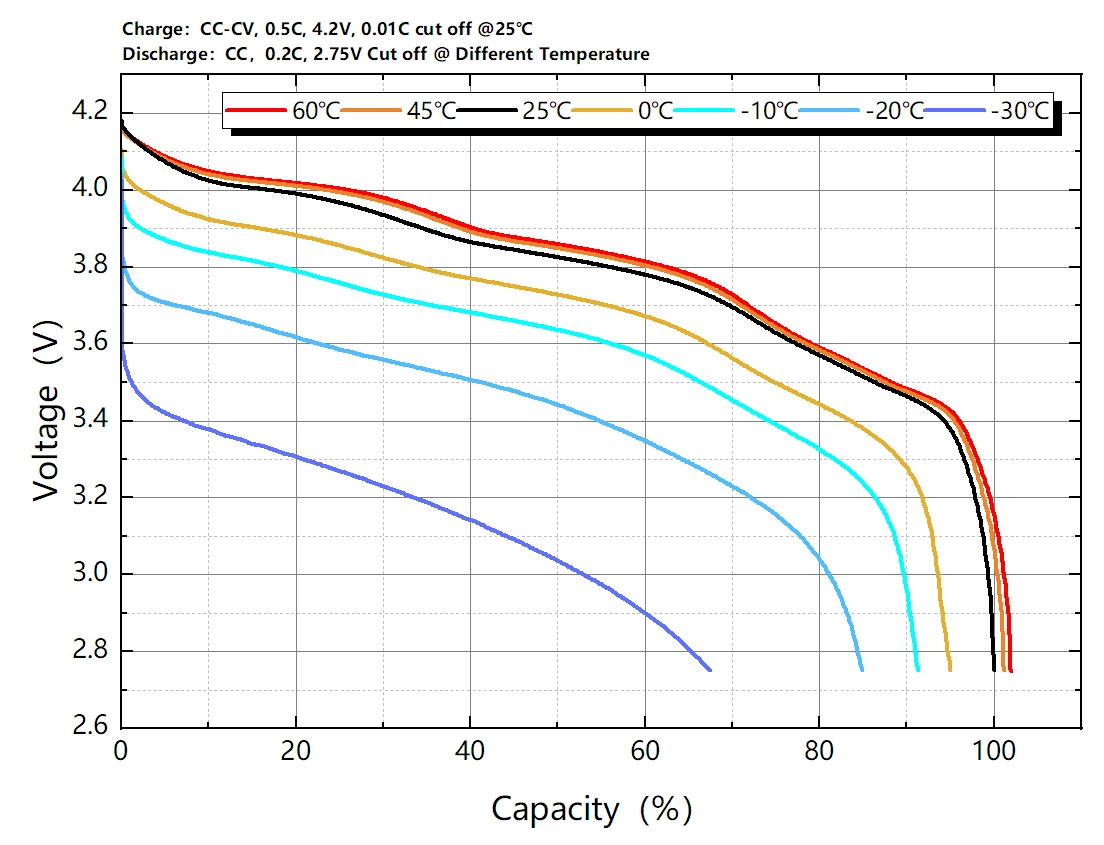
Ufine's custom low-temperature batteries can be used for -40°C to 55°C operation, catering to diverse outdoor scenarios.
Battery Capacity Testing
Before shipment, each lithium battery undergoes meticulous testing to validate voltage, current, and other essential parameters, ensuring consistency and reliability in performance.
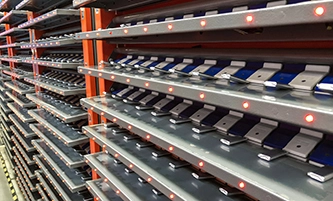

Environmentally Friendly
We use A-grade batteries, eco-friendly, safe and no droplet, energy-saving and environmentally friendly, economical and durable.
Applications
The battery is designed for use in various applications, including but not limited to beauty device medical device, Led lighting, 3C digital, pet toys, massage device.
Battery Specification
-
1. Mechanical Characteristics
Cell 602562 PCM Yes NTC No Weight appr. 20g Configuration 1S1P -
2. Electrical Specification
Capacity 1000mAh Nominal Voltage 3.7V Energy 3.7Wh Internal Resistance less than 180mΩ Max. Charge Voltage 4.2V Discharge Cut Off 2.75V Max. Charge Current 1000mA Max. Discharge Current 1000mA Standard Charge Current 200mA Standard Discharge Current 200mA Charging Temperature 0℃ to 45℃ Discharging Temperature -20℃ to 60℃ Storage Temp.Range 1 year at -20℃ to +30℃ 3 mos. at -20℃ to +45℃ 1 mo. at -20℃ to +60℃ Cycle life 100 cycles ≥92% 300 cycles ≥88% 500 cycles ≥80% -
3. Cell protection
Overcharge Detection 4.28V ±50mV (80 to 200msec delay, release 4.08V ±50mV) Overdischarge Detection 2.4V ±100mV (40 to 120msec. delay, release 3.0V ±100mV) Overcurrent Detection 2.5A to 4.5A (5 to 10msec. delay) Short protection Yes
Lipo Battery Cell Capacity Fast Calculator
Please enter your battery information to calculate the battery capacity and energy.
The capacity calculated by this tool is only an approximate value. If you need an accurate assessment, please contact our professional engineers.
3.7 V 1000mAh Lithium Ion Battery Application
Lithium Polymer Battery For Alarm Clock
Start your day reliably with our lithium batteries designed for alarm clocks. Resistant to varying temperatures, these batteries ensure your alarm clock functions consistently,even during colder weather, guaranteeing you wake up on time. Their high energy density means fewer battery changes, offering peace of mind for uninterrupted mornings.
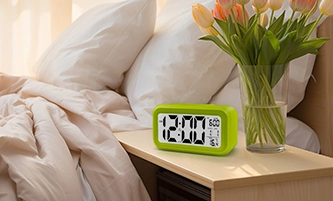
Lithium Polymer Battery For Remote Control
Our lithium batteries for remote controls provide extended longevity due to their high energy density, reducing the frequency of replacements. With low self-discharge rates, these batteries maintain power even during extended periods of remote inactivity.

Lithium Polymer Battery For Forehead Thermometer
Specifically crafted for forehead thermometers, our lithium batteries ensure accuracy and reliability with high energy density and exceptional low-temperature resistance. Consistent performance guarantees precise temperature readings for essential healthcare monitoring. Their adaptable designs seamlessly integrate into various thermometer models, ensuring uninterrupted functionality.
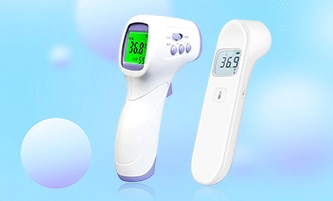
Lithium Polymer Battery For Makeup Mirror
Engineered for makeup mirrors, our lithium batteries ensure long-lasting power with their high energy density, perfect for daily beauty routines. Their stable and dependable performance supports uninterrupted use, ensuring flawless beauty regimens. Moreover, these batteries' versatile shapes effortlessly accommodate various mirror designs, providing reliable and enduring power for consistent usage.

Lithium Polymer Battery For Glucose Meter
Our lithium batteries for glucose meters excel in high energy density, ensuring prolonged and consistent power for accurate readings. Their exceptional low-temperature resistance guarantees reliable performance in various environmental conditions, crucial for uninterrupted usage in healthcare settings. With customizable shapes, these batteries seamlessly integrate into different glucose meter designs, providing reliable and customizable power solutions for diabetic patients.
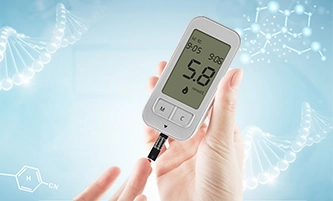
The Complete Guide For 3.7 V 1000mAh Lithium Ion Battery
A 3.7 V 1000mAh lithium-ion battery serves as a crucial power source for various electronic devices. This guide delves into its components, functionalities, and best practices for optimal use.
Part 1. Advantages and Applications
The 3.7 V 1000mAh lithium-ion battery boasts lightweight construction and high energy density, making it ideal for portable devices like smartphones, GPS systems, and handheld gaming consoles. Its rechargeable nature contributes to cost-effectiveness and reduced environmental impact. This battery type finds extensive use in medical devices, ensuring consistent and reliable power for critical equipment.
Part 2. Technical Specifications
Understanding the technical specifications is essential. The 3.7 V rating indicates its nominal voltage, while the 1000mAh capacity determines its charge-holding capability. This battery's discharge rate influences how quickly it can deliver power to a device. Charging requirements vary, with compatibility across multiple charging systems, emphasizing the importance of using the right charger to avoid damage or reduced battery lifespan.
Part 3. Safety and Handling
Proper handling and safety precautions are paramount. Lithium-ion batteries are sensitive to temperature extremes and improper charging, which can lead to overheating or even explosion. Certified batteries with protective circuitry offer safeguards against overcharging, over-discharging, and short circuits. Storing batteries in a cool, dry place away from direct sunlight helps maintain their health and performance.
Part 4. Maintenance and Longevity
To extend battery life, adhere to recommended usage practices. Avoid complete discharges, which strain the battery, and opt for partial charges instead. Regularly update device firmware or software to ensure optimized battery performance. Keeping batteries at around 50% charge during long-term storage prevents degradation.
Part 5. Buying Guide and Recommendations
For reliable and customized solutions, consider sourcing your 1000mAh 3.7 V lithium-ion batteries from Ufine custom battery. Our commitment to quality assurance and tailored battery solutions ensures dependable performance for your specific needs.
FAQs
-
Are lithium polymer batteries a fire hazard?
Lithium polymer batteries have the potential to catch fire or swell if mishandled, damaged, overcharged, or exposed to extreme conditions. Proper care, handling, and charging significantly reduce the risk of hazards. -
How do you keep a lithium polymer battery healthy?
To maintain the health of a lithium polymer battery, avoid overcharging or deep discharging, store it at moderate temperatures, use compatible chargers designed for the battery, and periodically exercise the battery by charging and discharging it. -
Are lithium polymer batteries safe for air travel?
Airlines often have specific guidelines for carrying lithium batteries, such as limitations on the number of spare batteries or whether they should be carried in carry-on baggage rather than checked luggage. It's essential to adhere to airline regulations when traveling with lithium polymer batteries. -
How long does it take to fully charge a lithium battery?
Charging time depends on the battery's capacity and the charger's current. For example, if the battery capacity is 4000mAh and the charger current is 2500mA, charging time = 4000mAh / 2500mA = 1.6 hours. -
How long do lithium batteries last?
Our lithium battery cycle life is more than 500 times. The lifespan of a lithium battery depends on various factors, such as usage patterns, charging and discharging conditions, and overall maintenance. -
Can lithium batteries be customized for specific applications?
Yes, lithium batteries can be customized to meet specific requirements. This includes customizing the battery capacity, voltage, size, shape, and other parameters to suit the application's needs. Capacity: 20mAh~12000mAh, Voltage: 3.2 V~48 V.
Reviews
High Energy Density
It stores large amounts of energy in a smaller and lighter package
Longer Cycle Life
Withstands extensive charge and discharge cycles
Low Self-Discharge
Maintains power longer when not in use
Safety
Minimizes the risk of accidents and ensures safe operation
Related Articles
About Lithium Battery Industry News
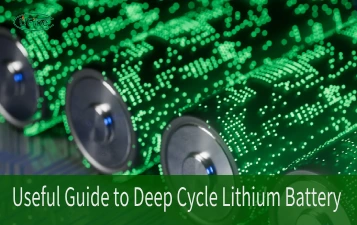
Overview of Deep Cycle Lithium Battery
In this article, we explore the life, voltage, capacity, and charging considerations of deep cycle lithium batteries.
2024-4-30 Gerald
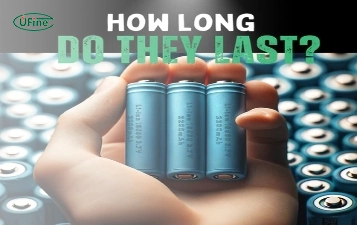
How Long do Lithium Batteries Last?
How long do lithium batteries last? we will explore the factors that influence the lifespan of lithium batteries and provide insights into their longevity.
2024-4-30 John

How to Choose the Best LiFePO4 Battery?
Choose LiFePO4 batteries for superior performance, safety, and versatility in EVs, UPS, and backup power. This guide helps you make informed decisions.
2024-4-30 Henry
